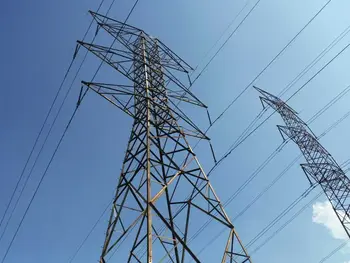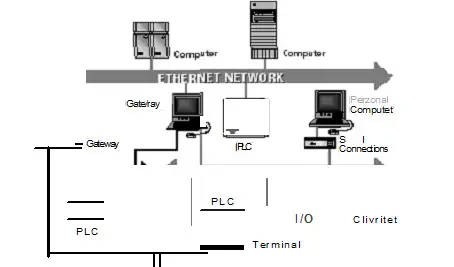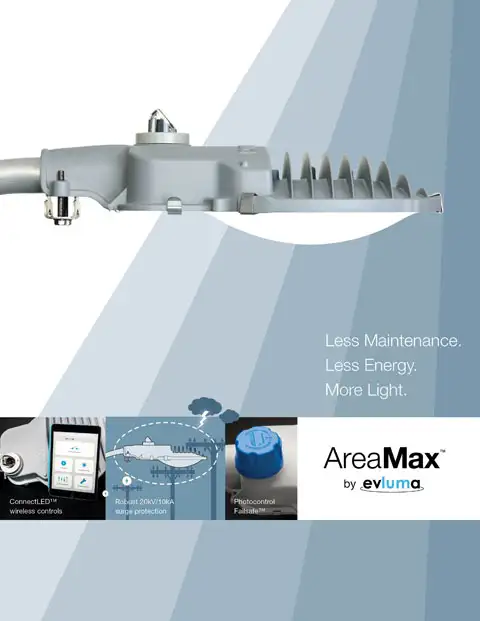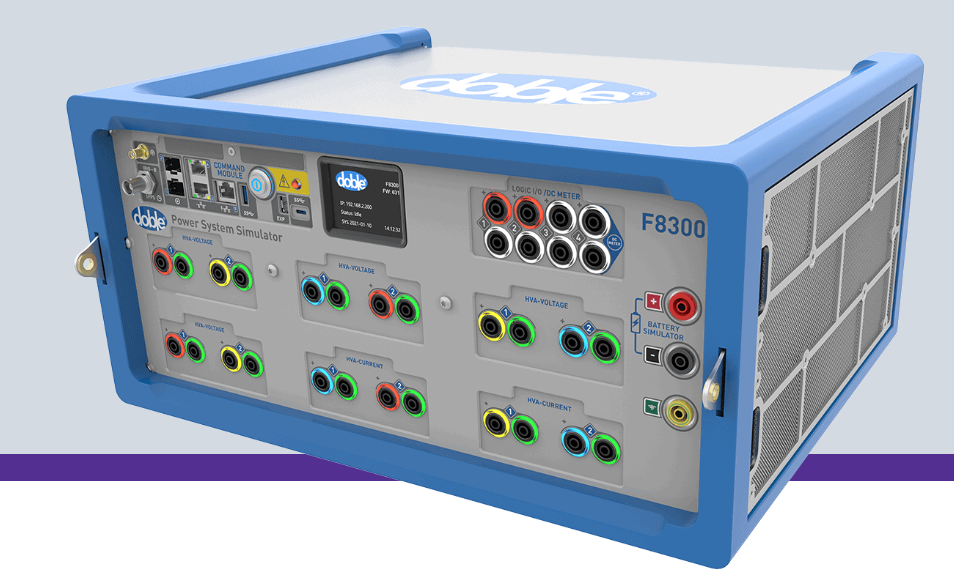Transmission Lines Explained
By R.W. Hurst, Editor

Download Our OSHA 4475 Fact Sheet – Being Aware of Arc Flash Hazards

- Identify root causes of arc flash incidents and contributing conditions
- Apply prevention strategies including LOTO, PPE, and testing protocols
- Understand OSHA requirements for training and equipment maintenance
Transmission lines carry electrical power and RF signals with characteristic impedance, distributed parameters, attenuation, reflection, and phase velocity, enabling efficient power distribution, signal integrity, impedance matching, and low-loss, high-voltage transmission.
What Are Transmission Lines?
Transmission lines are conductors that guide power or RF signals with defined impedance to minimize loss and reflections.
✅ Distributed RLC parameters define impedance and propagation.
✅ Proper termination reduces reflections and VSWR.
✅ Used in high-voltage grids, coaxial cables, and microstrip.
Transmission lines are crucial in delivering electric power from generating stations to consumers. These vital power system components ensure that electrical energy reaches homes, businesses, and industries efficiently and safely. This article explores transmission lines' fundamentals, types, materials, and environmental impact. For a broader grid perspective, see how electricity transmission integrates generation, substations, and long-distance corridors in practice.
Types of Transmission Lines
There are two main categories of transmission lines: overhead and underground. Overhead lines, the most common type, are suspended above the ground using transmission towers. These structures facilitate electric power transportation over long distances at high voltage levels. Overhead lines are cost-effective and easy to maintain but can be visually unappealing and susceptible to weather-related damage. Utilities increasingly deploy advanced overhead switchgear innovation to improve reliability and fault isolation on exposed spans.
On the other hand, underground power cables are buried beneath the ground and are generally used in urban areas or environmentally sensitive regions. Although less prone to weather-related issues and more visually pleasing, they are more expensive to install and maintain. In dense urban networks, coordinated electrical distribution systems planning helps align cable routes with load centers and maintenance access.
Test Your Knowledge About Overhead T&D!
Think you know Overhead T&D? Take our quick, interactive quiz and test your knowledge in minutes.
- Instantly see your results and score
- Identify strengths and areas for improvement
- Challenge yourself on real-world electrical topics
Understanding the Functioning of Transmission Lines
Transmission lines are responsible for carrying electrical energy from power generation facilities to substations located near consumers. These lines consist of conductors typically made of copper or aluminum. The conductors are designed to have a specific cross-sectional area to accommodate the flow of electrical current without causing excessive power losses or overheating. For certain corridors and submarine links, modern direct current technology can lower losses and improve controllability compared with conventional AC lines.
The flow of electrical energy along transmission lines is subject to certain natural phenomena, such as electromagnetic fields, which can influence the line's performance. Engineers design transmission lines with a specific characteristic impedance to minimize these effects and ensure efficient power transmission. This parameter measures the line's opposition to alternating current (AC) flow at a particular frequency.
Minimizing Transmission Line Losses
Power losses along transmission lines are an important concern in electrical engineering. These losses occur due to the resistance of the conductors and can lead to decreased efficiency and higher operational costs. Therefore, engineers employ various techniques to minimize line losses, such as selecting low-resistance conductors, optimizing conductor size, and using higher voltage levels for long-distance power transmission. These strategies ultimately support resilient power distribution by reducing upstream transmission inefficiencies that propagate through the grid.
Materials Used in Transmission Lines
Conductors for transmission lines are commonly made of copper or aluminum, both of which offer good conductivity and mechanical strength. The choice of material depends on factors such as cost, availability, and environmental considerations. Transmission towers are typically constructed from steel or aluminum, offering strength and durability while minimizing weight. Line hardware selections often include durable glass electrical insulators to provide mechanical strength while maintaining excellent dielectric performance.
Environmental Impacts of Transmission Lines
The construction and operation of transmission lines can have significant environmental impacts. The visual effects on landscapes and the potential harm to wildlife, such as birds colliding with conductors, are key concerns for overhead lines. Electromagnetic fields produced by transmission lines have also raised concerns about potential health effects on humans, although research has not provided conclusive evidence of harm. Appropriate specification of each electrical insulator can mitigate leakage currents and flashover risks that might otherwise affect habitats and nearby communities.
In contrast, underground power distribution lines have a smaller visual impact and pose fewer risks to wildlife. However, their installation can disturb ecosystems and contribute to soil erosion. Additionally, the materials used in transmission lines and towers can have environmental consequences, such as the energy required for their production and waste materials disposal.
Comparing Underground and Overhead Transmission Lines
Both overhead and underground transmission lines have their own set of advantages and disadvantages. Overhead lines are more cost-effective and easier to maintain but are more susceptible to weather-related damage and have a greater visual impact on the environment. Underground lines offer aesthetic and environmental benefits but are more expensive to install and maintain. The choice between the two options largely depends on budget, location, and ecological considerations.
In conclusion, transmission lines are essential electrical grid components, enabling the efficient distribution of electric power across vast distances. Understanding these lines' types, materials, and environmental implications is crucial for making informed decisions about their design, installation, and maintenance. Engineers and planners can develop transmission infrastructure that balances cost, efficiency, and environmental concerns by considering all relevant factors.
Sign Up for Electricity Forum’s Overhead T&D Newsletter
Stay informed with our FREE Overhead T&D Newsletter — get the latest news, breakthrough technologies, and expert insights, delivered straight to your inbox.
Ensuring electrical energy's continued and efficient flow is paramount for modern society. The various transmission lines, such as overhead lines and underground power cables, have unique benefits and challenges. We can work towards more effective and sustainable power distribution solutions by understanding the materials used, the way transmission lines function, and the potential environmental impacts.
The role of transmission lines in the electrical grid cannot be overstated. As technology advances and our reliance on electricity grows, it is increasingly important to understand these essential components thoroughly. Through diligent research and continuous innovation, we can continue improving the efficiency and sustainability of our power systems, ensuring a reliable and secure electricity supply for generations to come.
Addressing the questions and concerns surrounding transmission lines can promote greater awareness and understanding of this vital aspect of our power infrastructure. As we seek innovative solutions for efficient power delivery, we can look forward to a future with more sustainable and environmentally friendly electrical transmission systems.
Transmission lines are an integral part of the electric power system, critical in delivering electrical energy from power generation facilities to consumers. Understanding the various aspects of transmission lines, such as their types, functioning, materials, and environmental impact, is essential for the ongoing development and maintenance of efficient and sustainable power distribution infrastructure. As we continue to advance in our understanding and innovation, the future of transmission lines promises increased efficiency, sustainability, and reliability for future generations.








